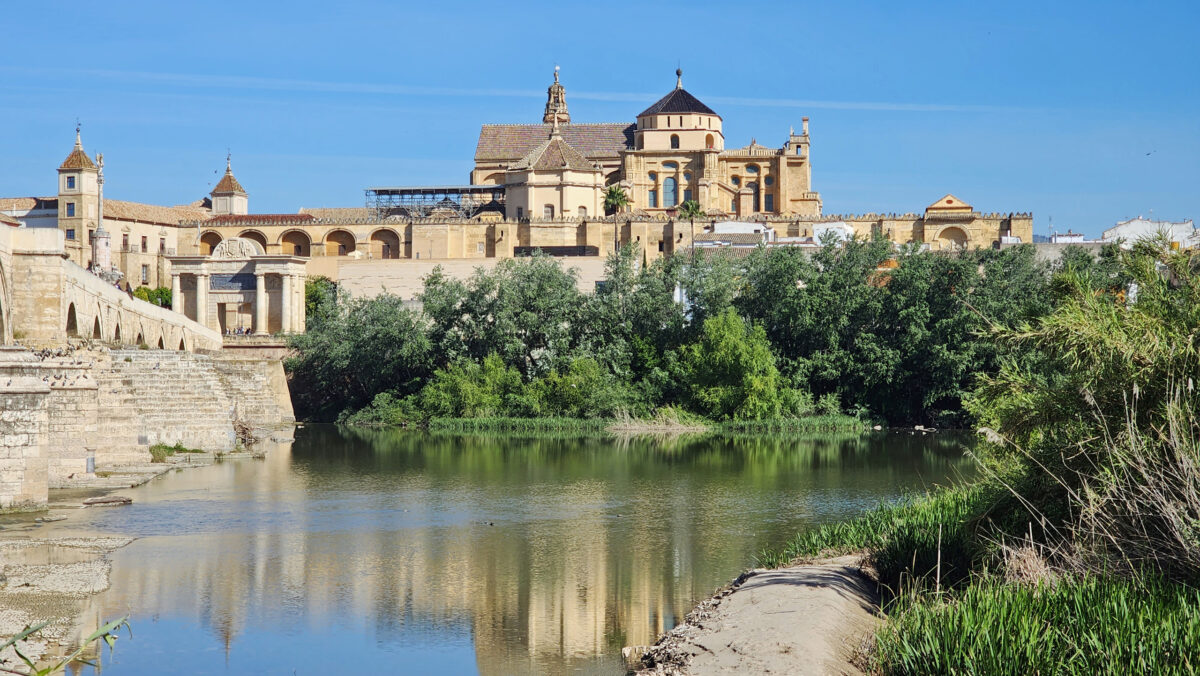by Alan K. Lee
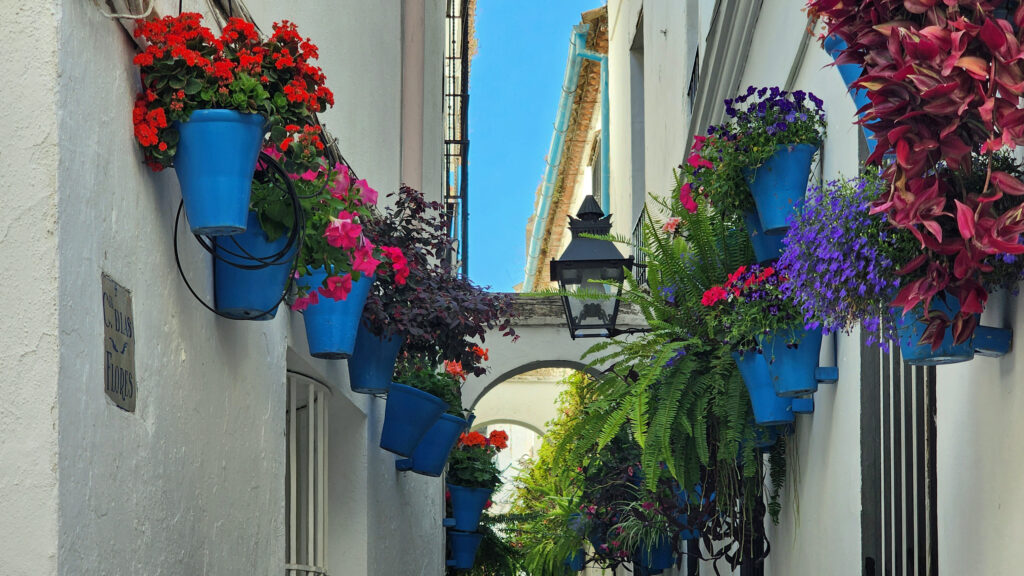
Introduction
When I was planning for the trip to Spain and Portugal that my wife and I took last spring (2024), Seville got a lot of my attention, as did Granada, Ronda, and Malaga, all for different reasons. Seville is the largest city in Andalusia, with a myriad of reasons to visit. Granada has the magnificent Alhambra. Ronda first got my attention more than a decade ago when I saw a TV travel program about the city. And Malaga is on the Mediterranean coast and has an international airport with many flights to the U.S. But Córdoba wasn’t much on my radar.
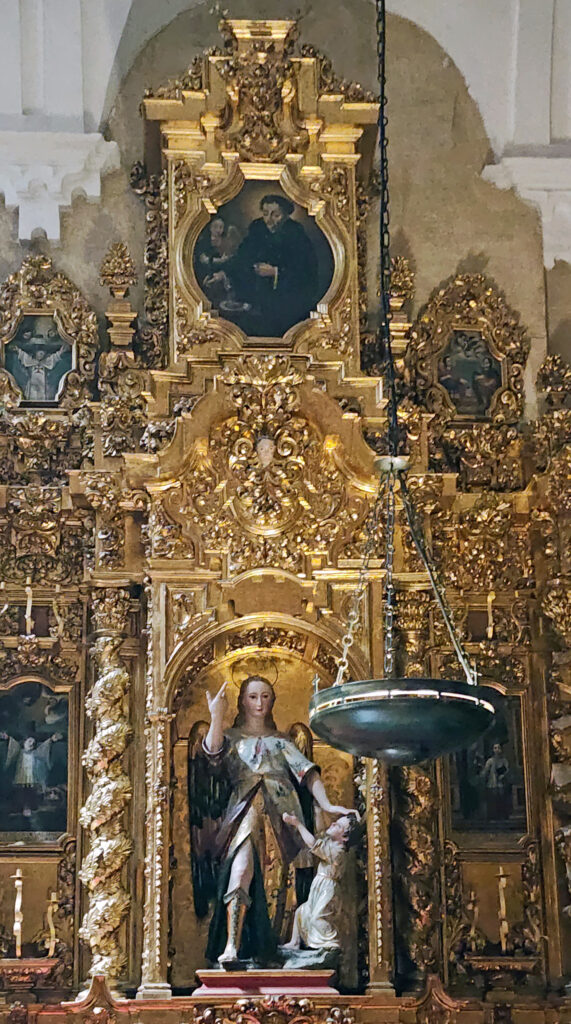
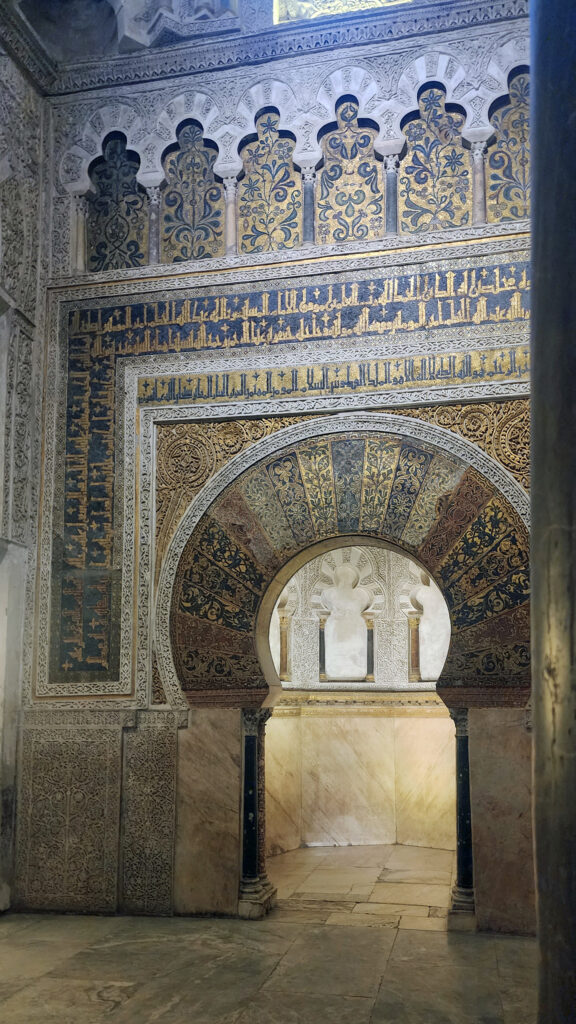
I included Córdoba in our itinerary mostly because it’s centrally located, and I couldn’t see a reason to completely bypass it. And I’m glad we didn’t, because Córdoba has a couple of gems that no one visiting Andalusia should miss, the city’s wonderful cathedral (the Mezquita) and the Alcazar de los Reyes Cristianos (Palace of the Christian Kings).
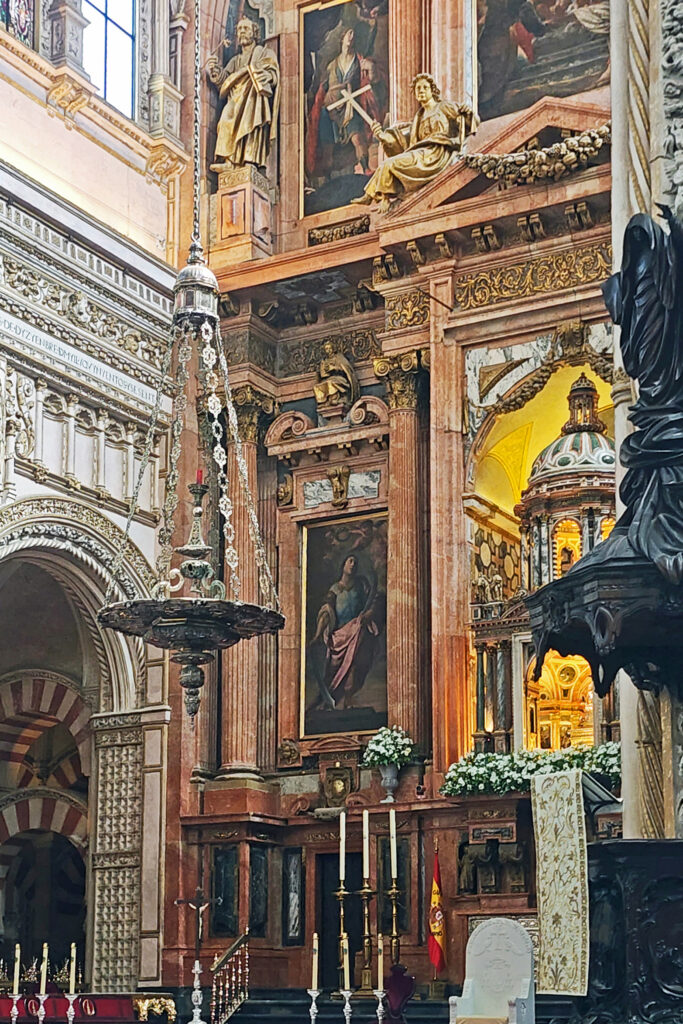
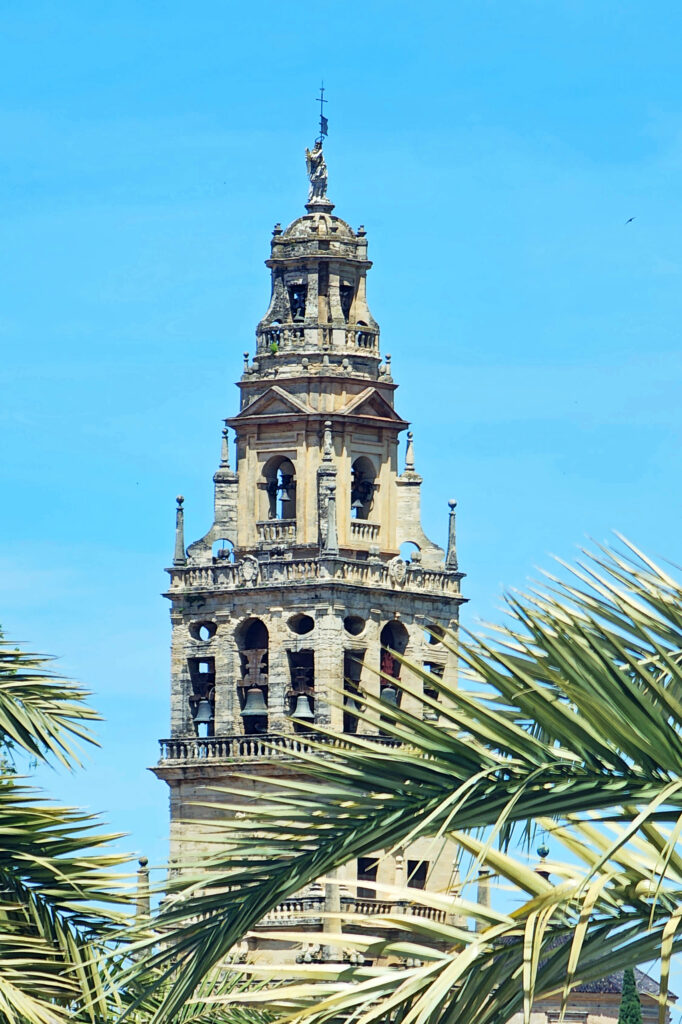
A Brief History of Córdoba
Córdoba has a long and diverse history. It was first established as a Carthaginian settlement, before being conquered by the Romans in 206 BC. Roman rule of the area lasted more than 600 years. After the fall of the Roman Empire, Córdoba became part of the Byzantine Empire, then was conquered first by the Visigoths and later, early in the 8th century, by the Moors. Córdoba thrived under Muslim rule, becoming the second largest city in Europe by the 10th century. In 1236, Ferdinand III drove the Moors out in the Reconquista that brought all of the Iberian Peninsula under Christian rule. Today, little of the Roman city of Corduba remains, but Córdoba retains much of the architectural heritage of the Moors, most notably the Mezquita (meth-KEY-ta) and the Alcazar.
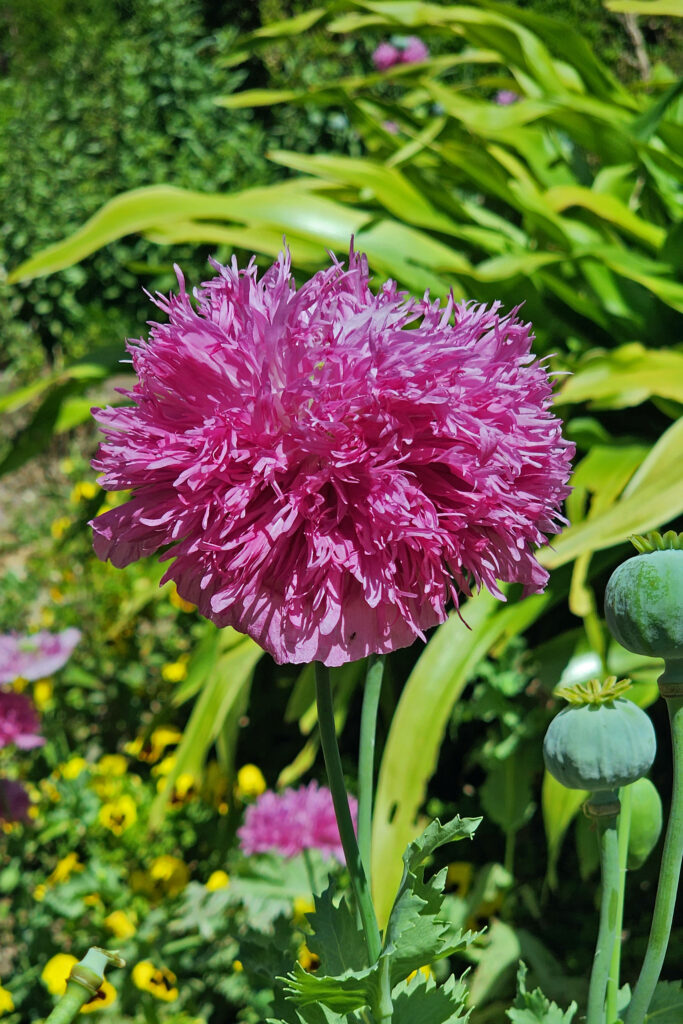
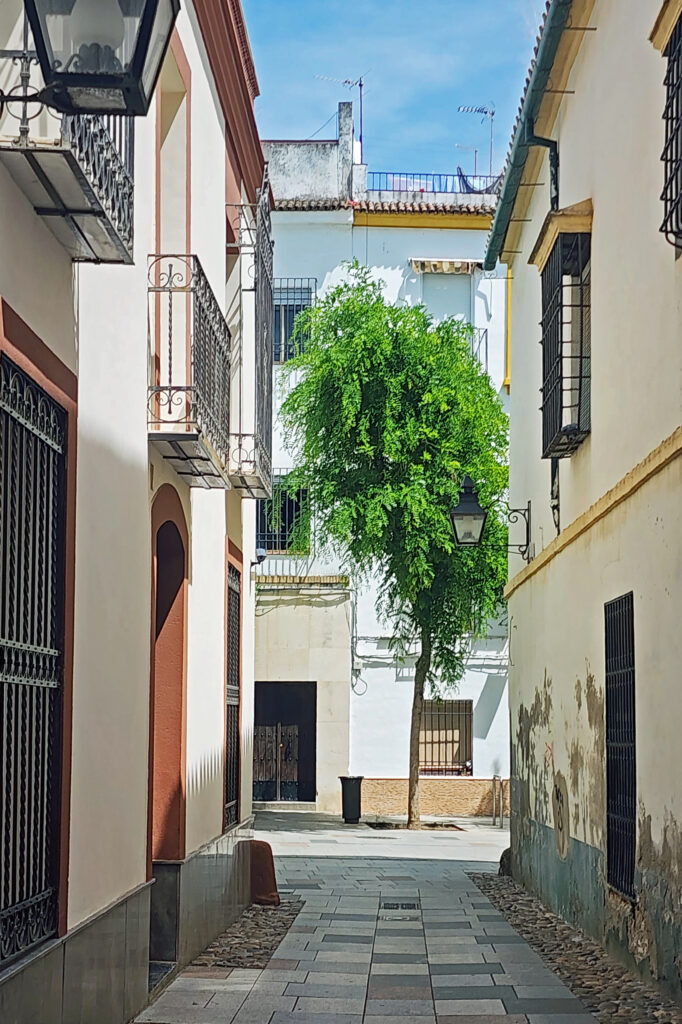
Climate
The climate of Córdoba is notable for its hot and dry summers. It is the hottest city in Europe, with the average high temperature in July and August a scorching 99⁰F (37⁰C). Spring and fall are more moderate and are the best times to visit. Winters are mild with mid-winter highs around 60⁰F (15-16⁰C) and lows around 40⁰F (4-5⁰C). Annual rainfall averages about 22 inches, with 2-4” per month from October to April. We were there in early May and the weather was nearly perfect.
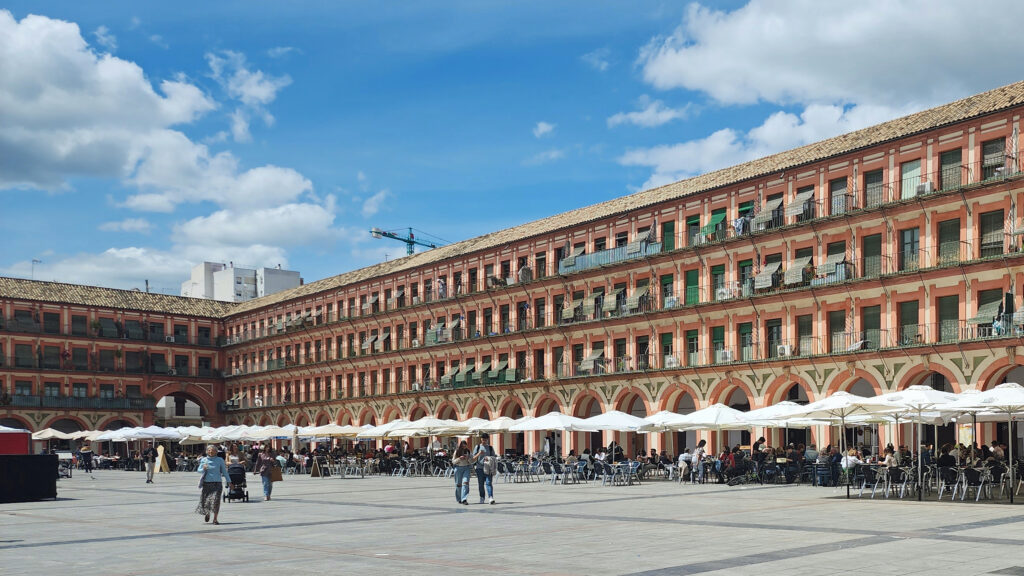
Our Visit
We traveled from Seville to Córdoba by train, only a 45-minute ride on Renfe’s high speed AVE trains. From the train station, we strapped on our backpacks and walked the mile or so to our hotel. I had some concerns about the hotel (La Despensa de la Corredera Hostal), which my wife had booked, but it turned out to be nothing like I associate with a hostel. It was modern, clean, comfortable, and had a private, ensuite bathroom. And it was located at the historic Plaza de la Corredera.
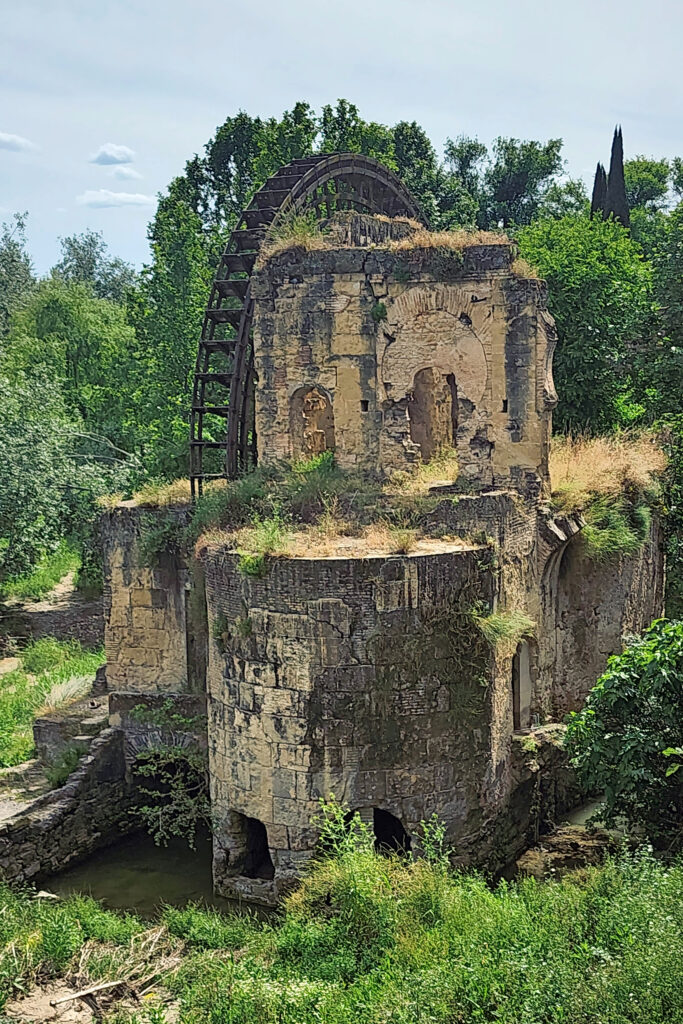
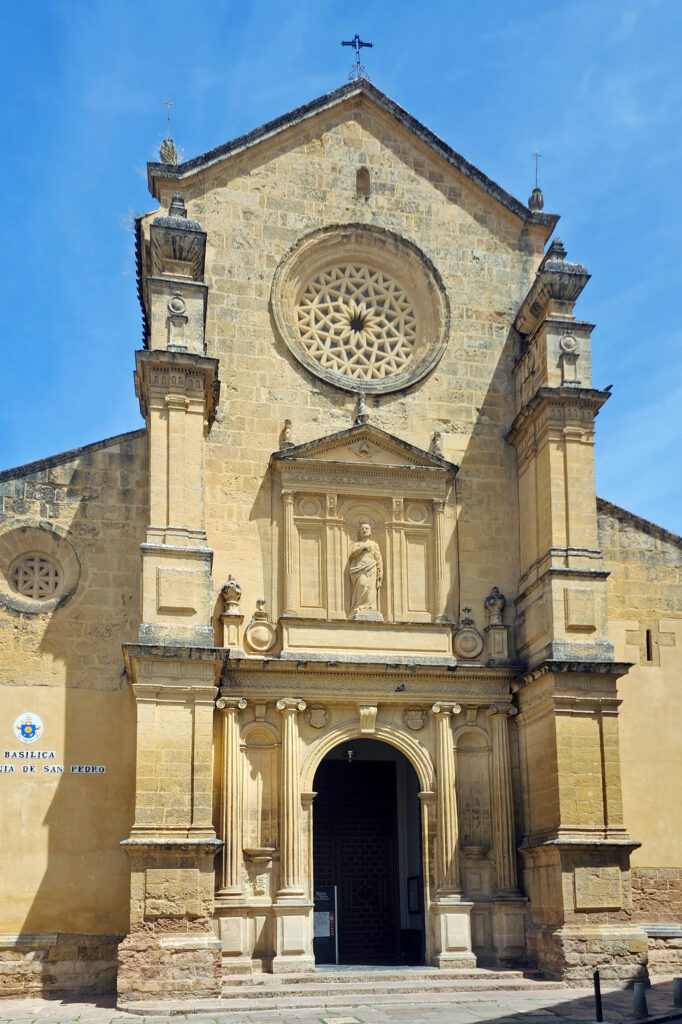
We spent our first afternoon and evening in Córdoba just wandering around, exploring the city, with no set agenda, something we often do when visiting a city for the first time. We walked along the riverfront, stopped at a sidewalk café for a beer, and walked around the exterior of the Mezquita and its Courtyard of the Oranges, which dates to the Moorish occupation, before returning to the Plaza de la Corredera, where we had dinner at one of the many restaurants there. The Plaza caters to tourists, and the food you get in restaurants in such areas is often expensive and mediocre at best, but our dinners were both good and reasonably priced.
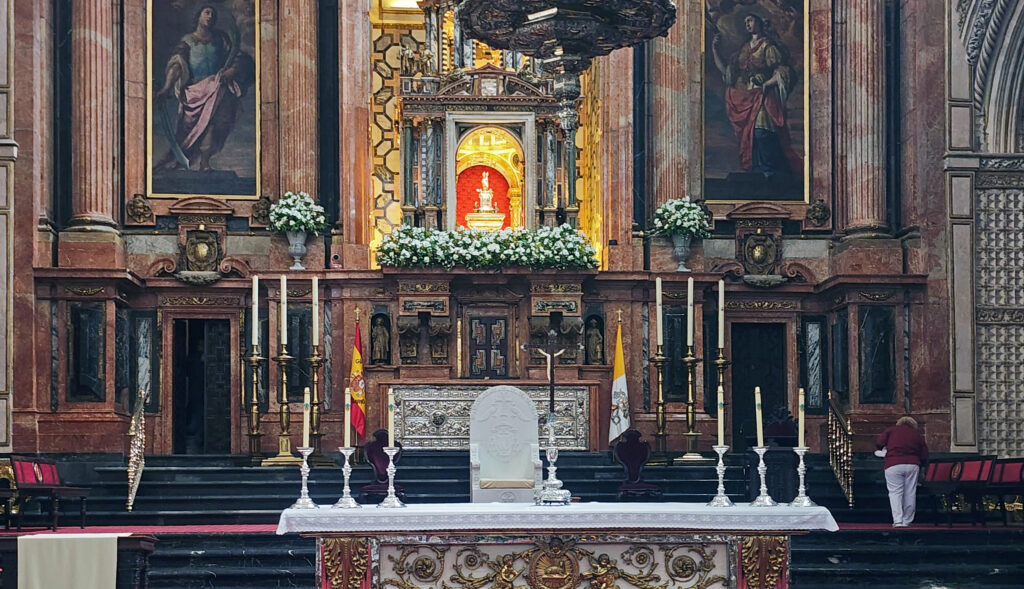
The Mezquita
The Mezquita was constructed in 756 as the Great Mosque, possibly on the site of a Catholic Basilica built by the Visigoths. The mosque was expanded several times over the next two centuries, including construction of the minaret in 958. After the Reconquista, the Mezquita was converted to a Christian cathedral, but the name was retained. (Mezquita is Spanish for mosque, and today’s cathedral is also called the Mezquita-Catedral de Córdoba, or Mosque-Cathedral of Córdoba).
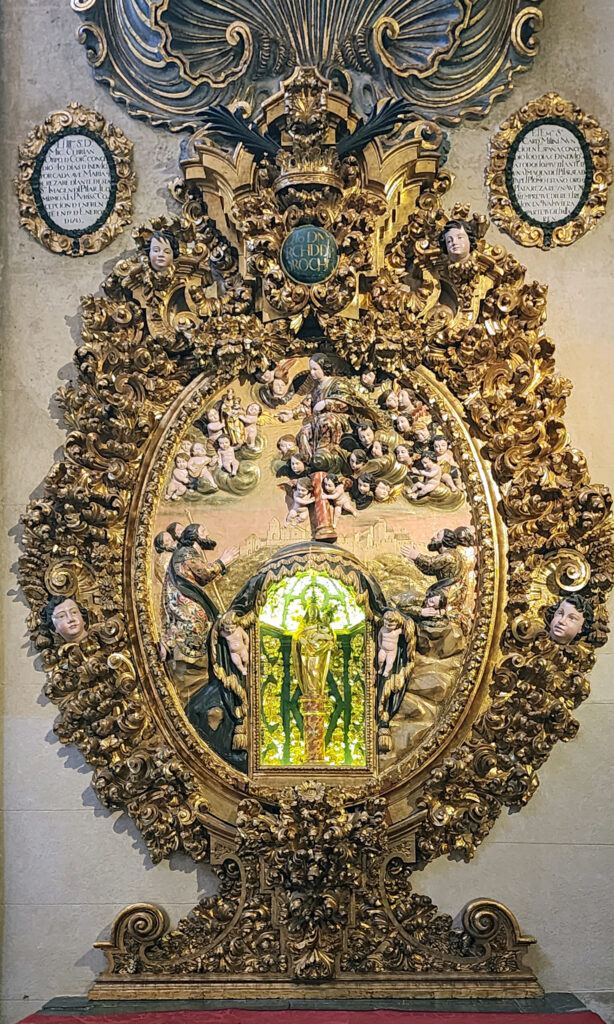

The Mezquita was modified a number of times after the Reconquista, most notably in the 16th and early 17th centuries when the central nave and transept of the Capilla Mayor, which rises in the center of the structure, were built. The minaret was also rebuilt into a Renaissance-style bell tower.
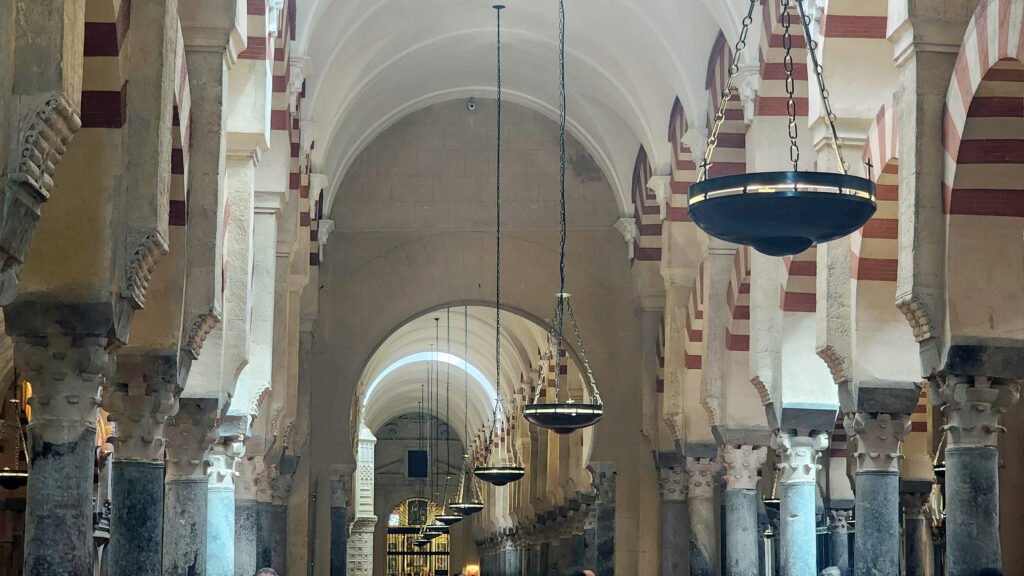
The Mezquita is an attractive structure, but the exterior does not make a grand statement. It’s neither tall nor particularly interesting from an architectural perspective. But the expansive interior, with hundreds of the original mosque’s two-tiered arches supporting the roof, the 13th century Royal Chapel, the 15th century Gothic-style nave of the Villaviciosa Chapel, and the Capilla Mayor are all stunning and make for a truly unique structure that blends many architectural styles into a magnificent whole.
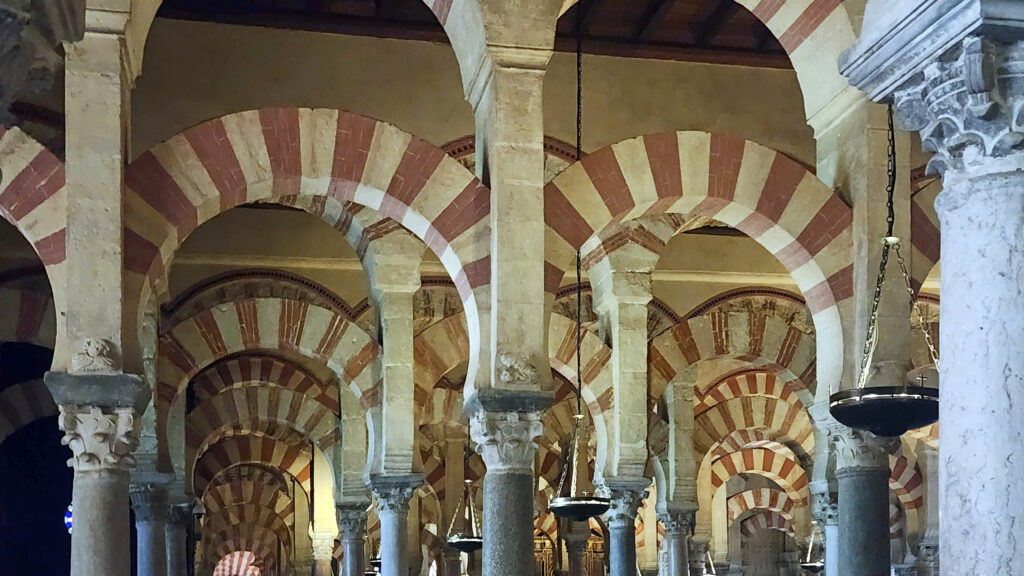
General admission tickets to the Mezquita cost 13€, discounts are available to seniors, children, students, large groups, and the disabled, and children under 10 get in free. Tickets are available online from the Mezquita-Catedral Córdoba website or can be purchased at vending machines in the Courtyard of the Oranges on the north side of the cathedral. Entry is free from 8:30 to 9:30 in the morning, Monday through Saturday. Night tours are available for 20€ and entrance to the bell tower is 3€.
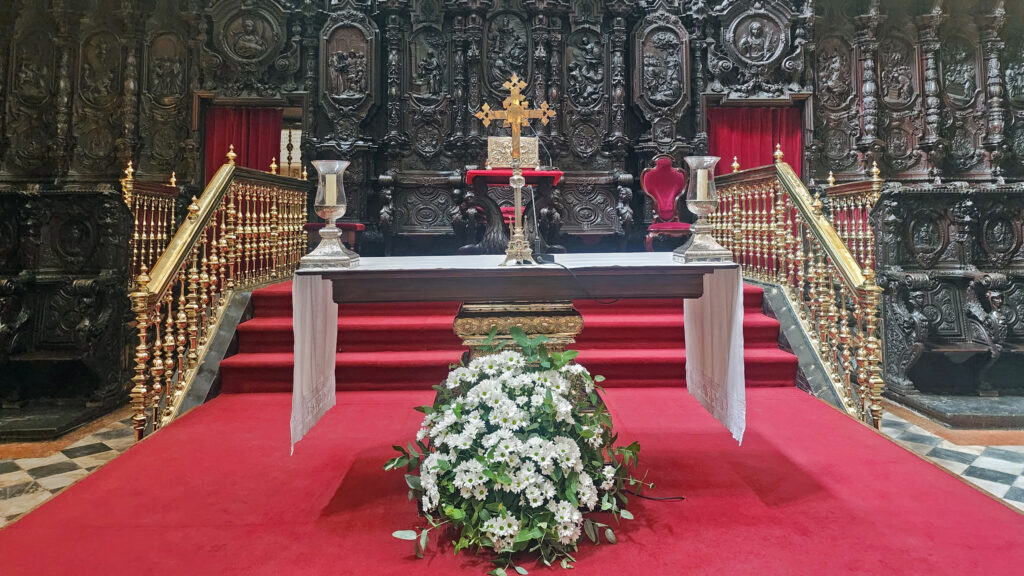
The Mezquita was named a UNESCO world heritage site in 1984, and that designation was expanded to the entire historic city center in 1994.
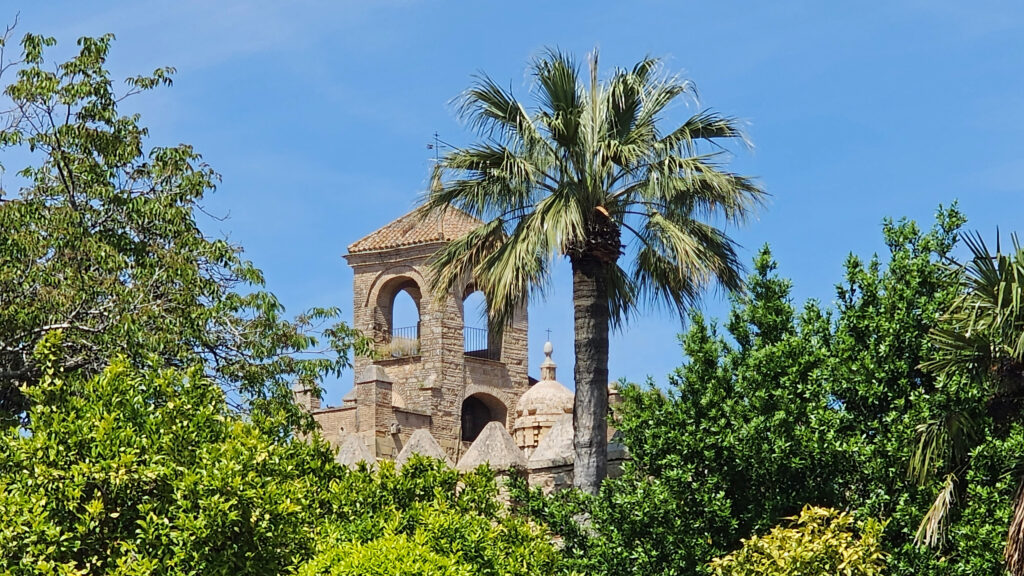
The Alcazar de los Reyes Cristianos
The site of the Alcazar was the Governor’s Residence during Roman rule and later a Visigoth fortress before Córdoba was conquered by the Moors. The original Alcazar was built by the Moors as the official residence and seat of power of Al-Andalus. After the Reconquista, King Alfonso XI of Castile began construction of the present-day Alcazar, which appears Moorish in style but in fact incorporates little of the original structure. There are four towers, one at each corner of the palace, and several large, enclosed courtyards, as well as two main halls, the Hall of Mosaics, and the Reception Hall. Like the Mezquita, the Alcazar is a UNESCO World Heritage Site
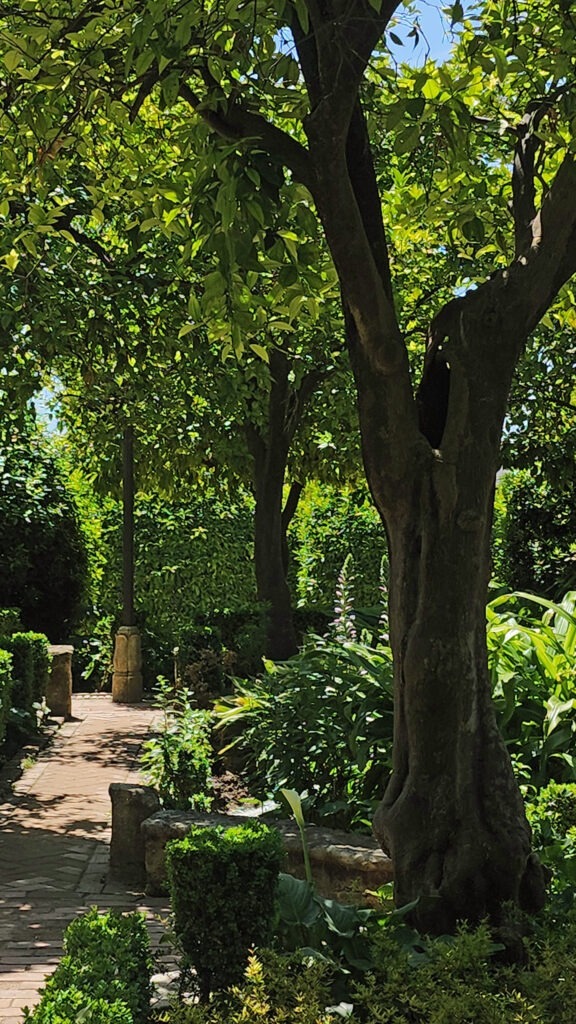
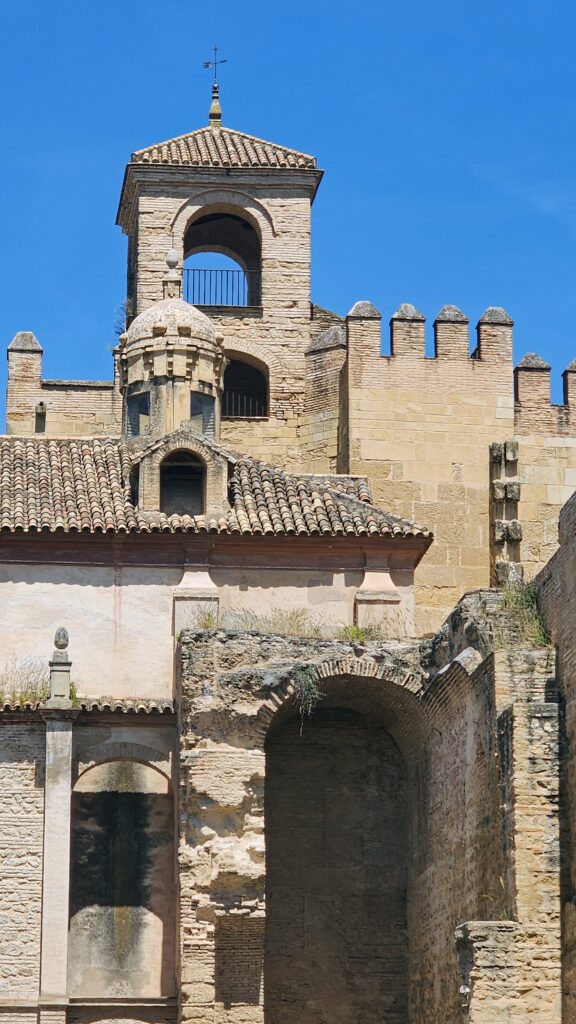
We did not initially plan to tour the Alcazar (largely because Rick Steves panned it), but we did want to see the surrounding gardens. We found that entry to the gardens is only through the Alcazar, though, so we stood in line (in the sun) for 15 or 20 minutes to get tickets, then in another line for half an hour to get into the palace. Then we had to wait another 30 minutes to get into the towers. But the Alcazar is interesting enough (though no match for the Real Alcazar in Seville) that it was worth the long waits to see it all.
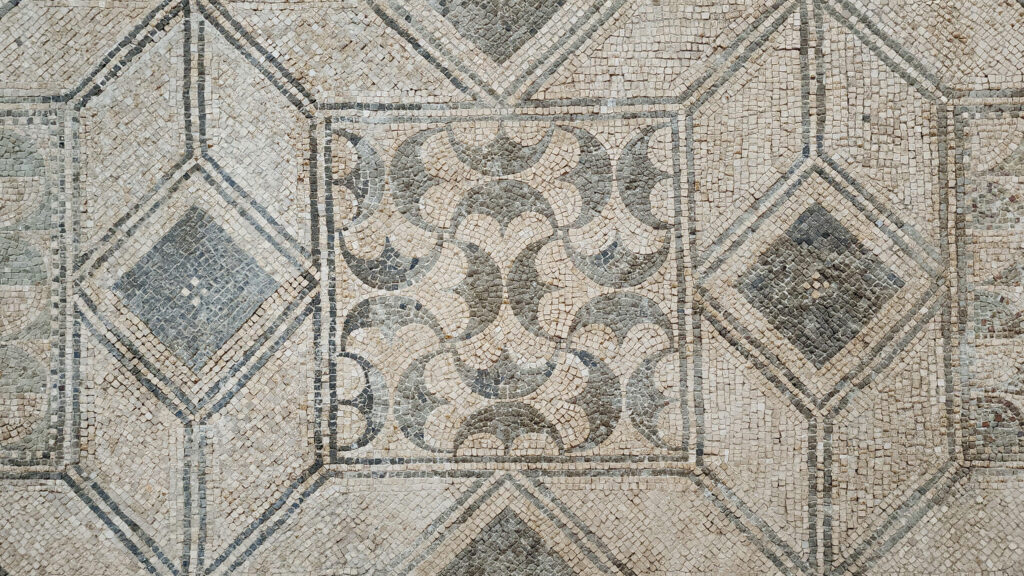
General admission is 4.91€ (as of October 2024), with a 2.25€ discount for family groups (the official website says “large family members”) and students. Admission is free for Córdoba residents, children under 14, seniors (65+), and the disabled.
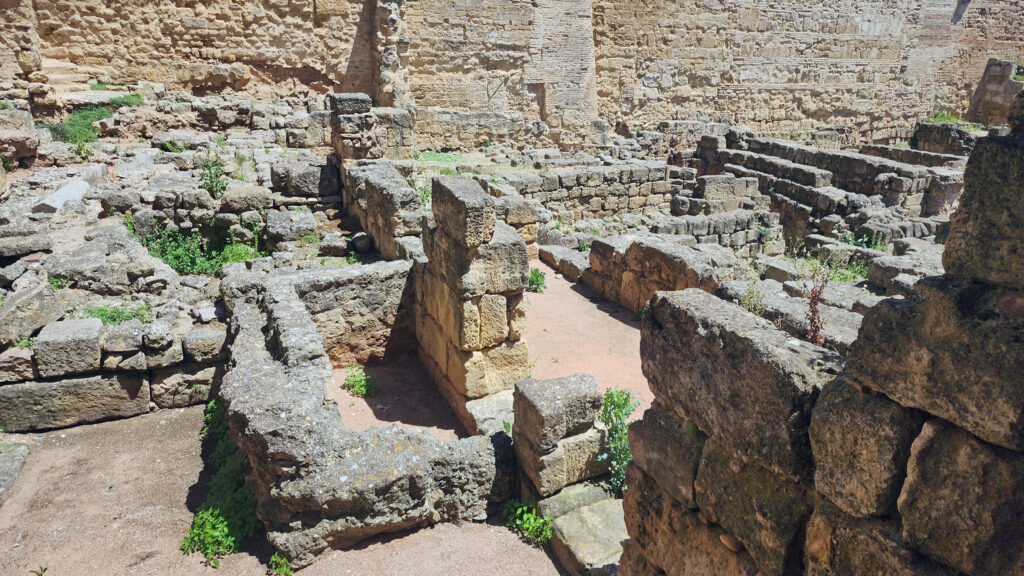
You enter the Alcazar through the Courtyard of the Women (Patio de las Mujeres), which gets its name from the fact that this was once the site of a women’s prison. The courtyard is an archaeological site with ruins of the original Alcazar and the remains of part of the Roman structure that predated it.

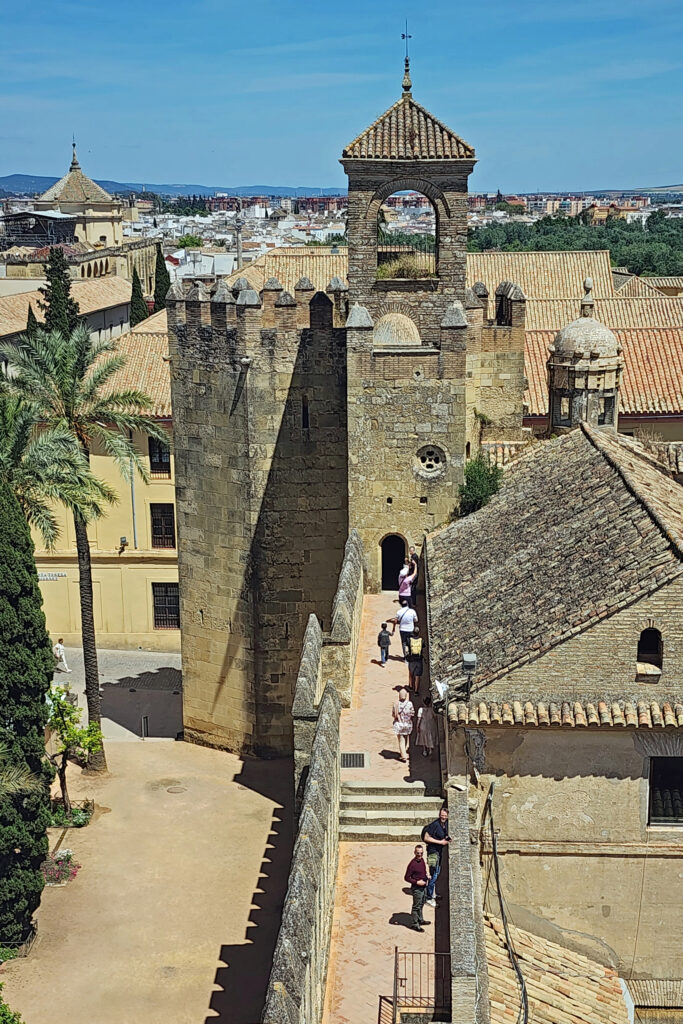
The four towers give views of the Mezquita to the northeast and the Alcazar Gardens (Jardines del Alcazar) adjacent to the southwest. The Courtyard of the Moriscos (Patio Morisco) is a tree filled rectangular courtyard with small ponds on each end and a central fountain.
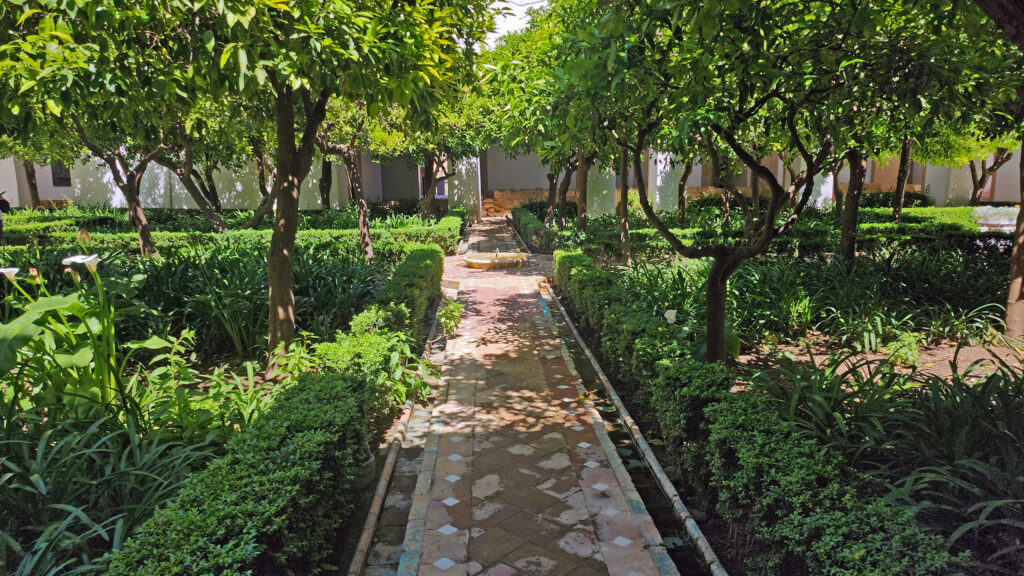
While the palace was worth the wait, we spent more time in the gardens than in the palace itself. There have been gardens here since at least the 10th century, but the present gardens are much more recent.
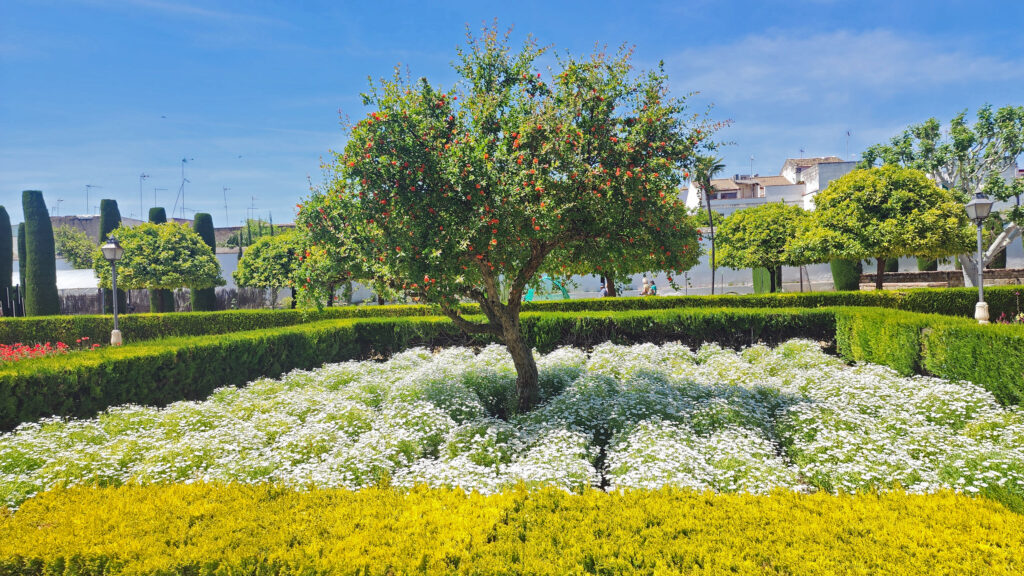
There are a number of ponds, fountains, and statues scattered throughout the 14-acre gardens. The gardens are dotted with palms and lemon, orange, and cypress trees. There are acres of shrubs and flowering plants. And there are plenty of shaded places to get out of the sun and sit for a while.
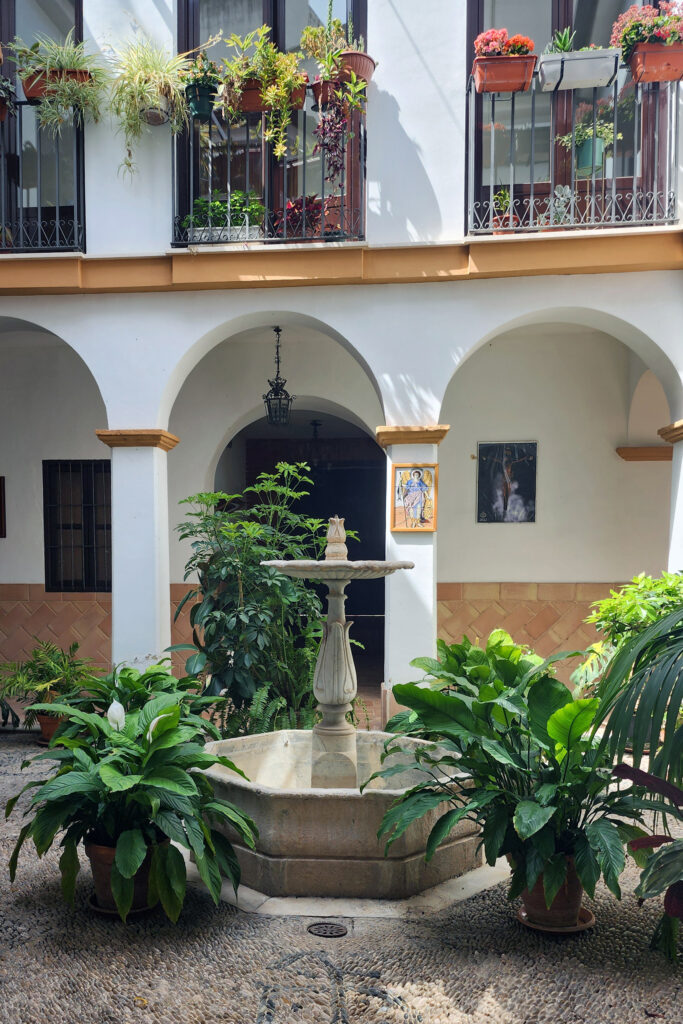
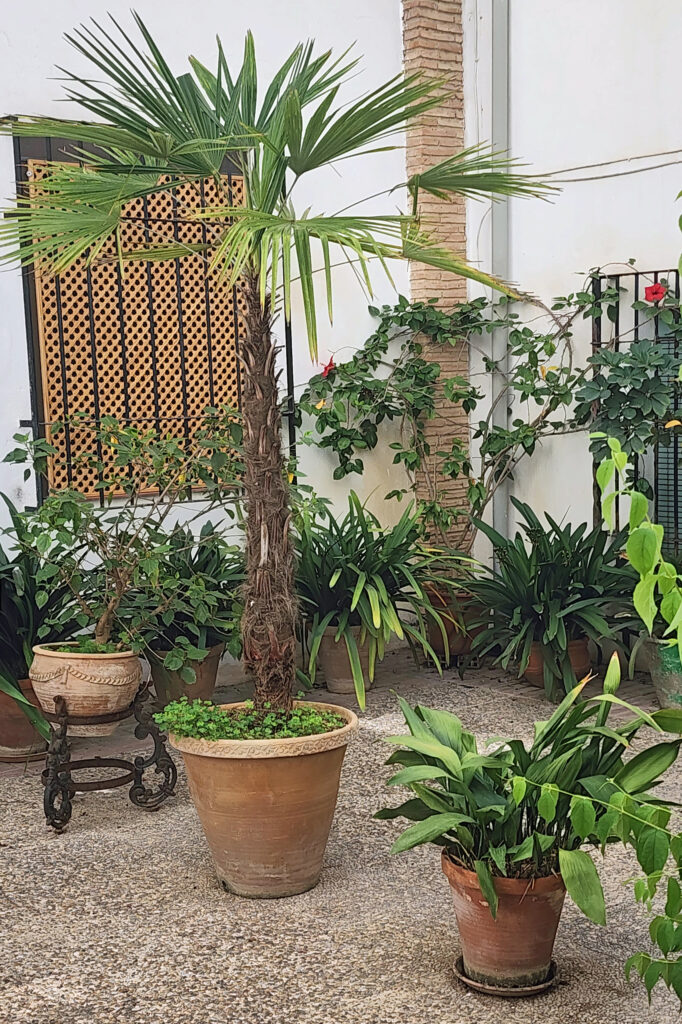
Other Attractions
One of the things Córdoba is noted for is its many private and public courtyards, called patios. Many of the residences in Córdoba are built around a central courtyard. Often there is a fountain in the center and the courtyards are often full of colorful flowering plants.
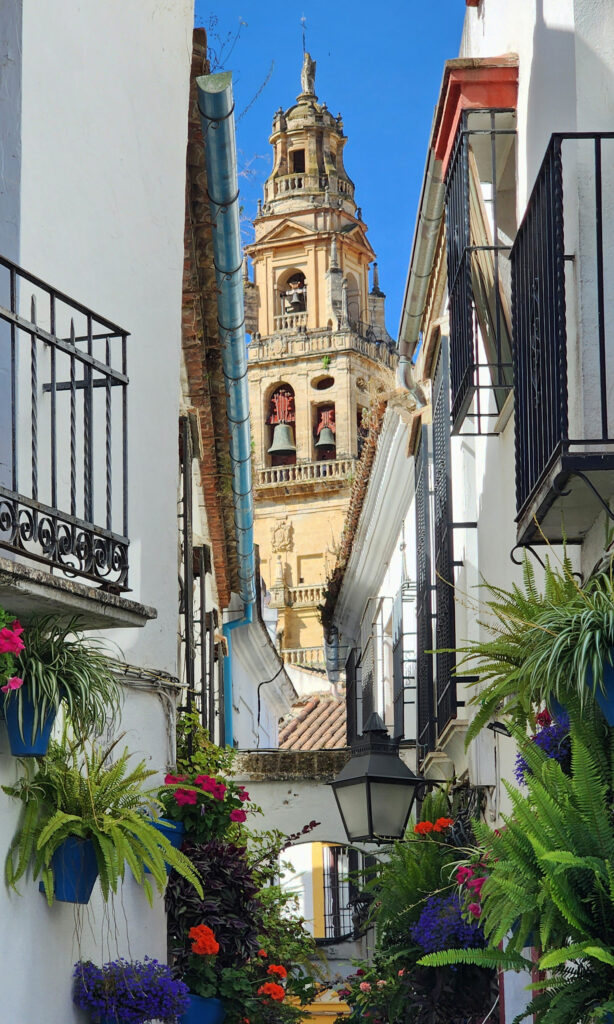
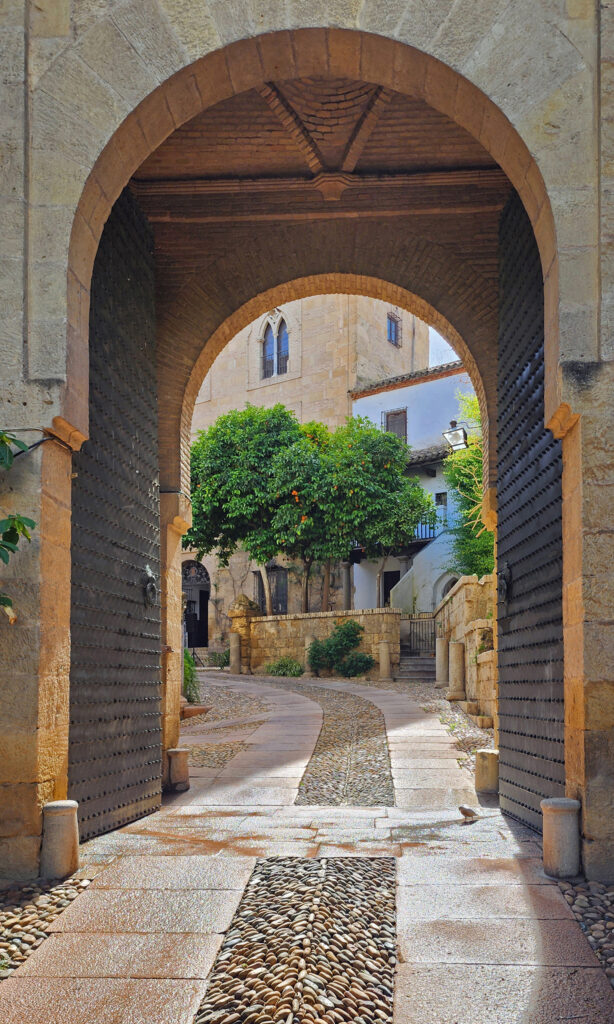
Each May, during the Córdoba Patios Festival, many of the patios are opened to the public for free viewing and competitions are held for traditional courtyard designs (1970s and earlier) and for more modern designs. Some of the patios are open year-round (except July and August) for a small entry fee. The Patios Festival has been designated an Intangible Cultural Heritage event by UNESCO.
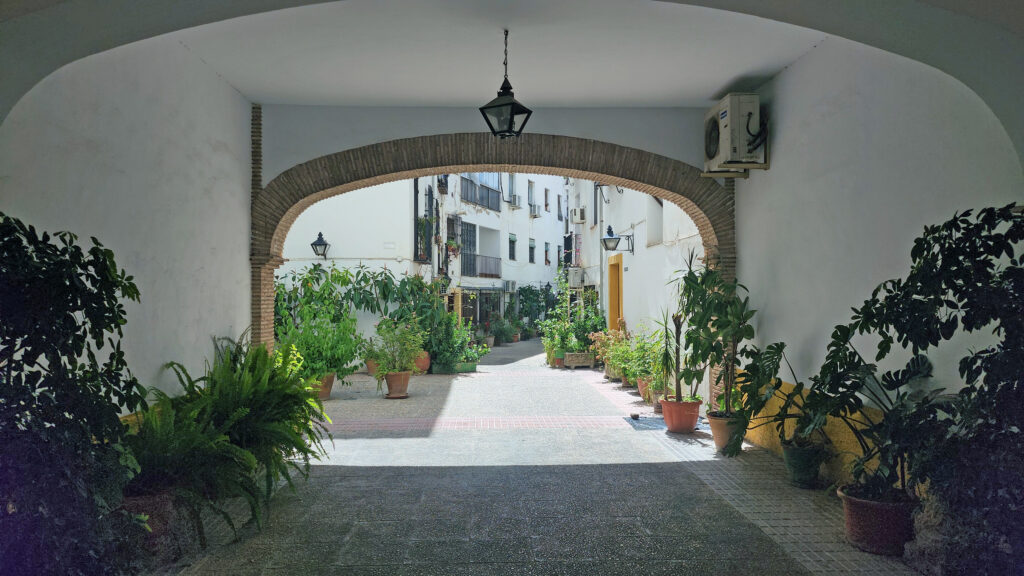
There are also streets and alleys throughout the city that feature colorful flower displays, the Calleja de las Flores, near the Mezquita, being probably the best known.

Another feature of the city is the Guadalquivir River and the 2100-year-old Puente Romano (Roman Bridge). Just downstream of the bridge are the ruins of a number of ancient mills. Across the pedestrian only bridge, the Torre de la Calahorra, a medieval gate-tower, has a small museum, and there are walking paths on both sides of the river.

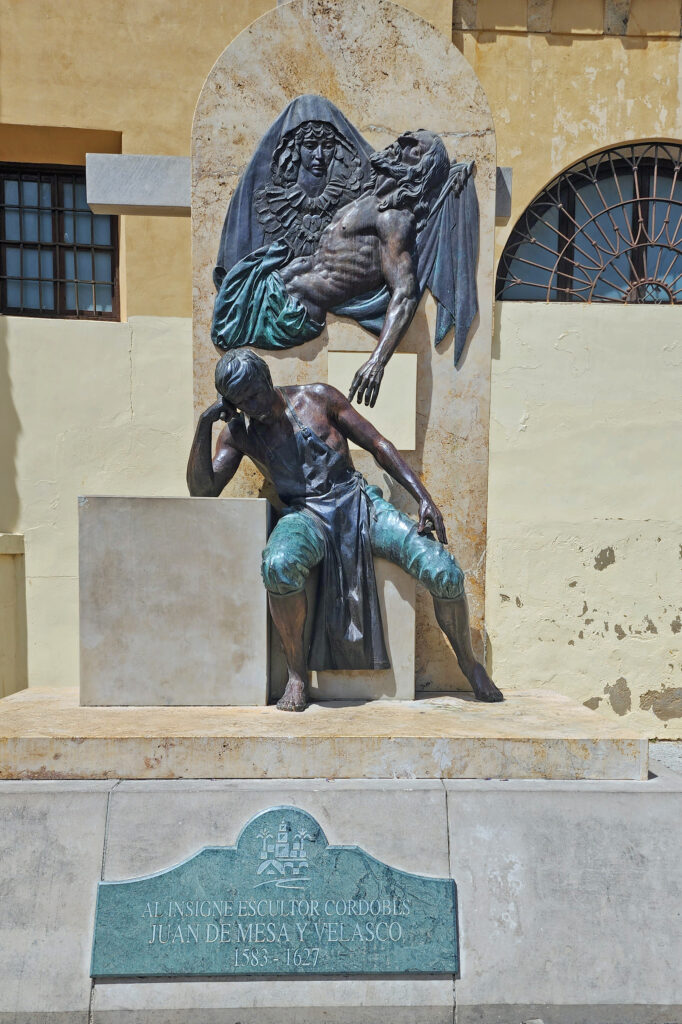
Conclusion
I have no doubt that there are many other sights worth seeing and things worth doing in Córdoba that my wife and I didn’t discover or just didn’t have time to experience during our stay. Seville and Granada may get the spotlight when it comes to tourist destinations in the Andalusia region of Spain, but visitors should not overlook Córdoba. It’s a beautiful, charming, and historic city. I am more than happy that we included it on our itinerary and if you’re planning a trip to Andalusia, you should definitely plan to spend a day or two in Córdoba. I don’t think you will regret it.
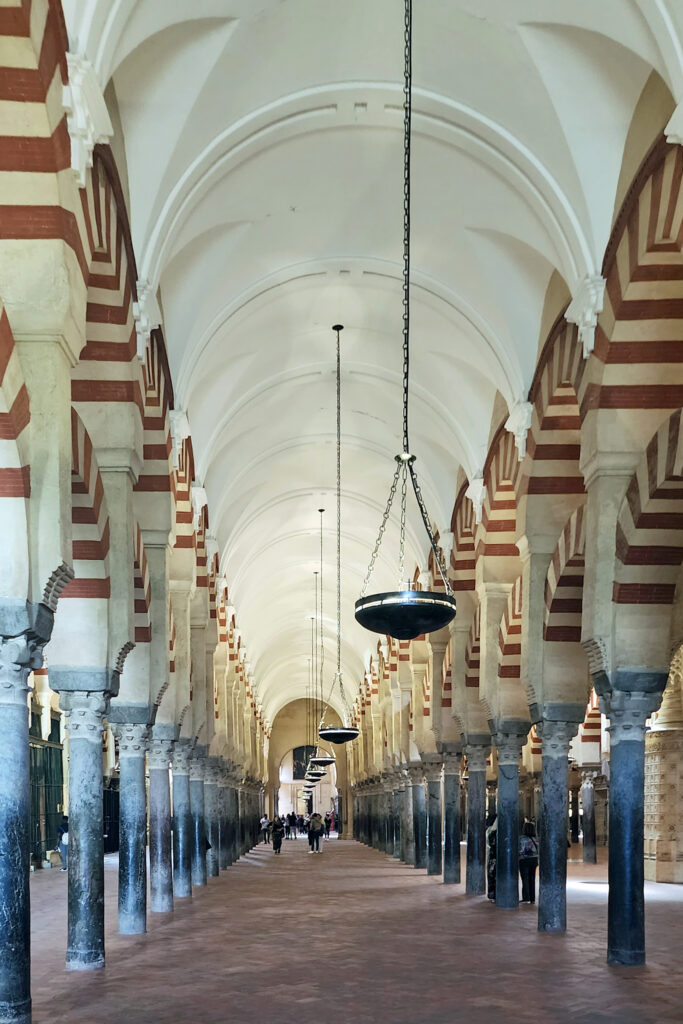
Posted October 15, 2024
All photos © Alan K. Lee

